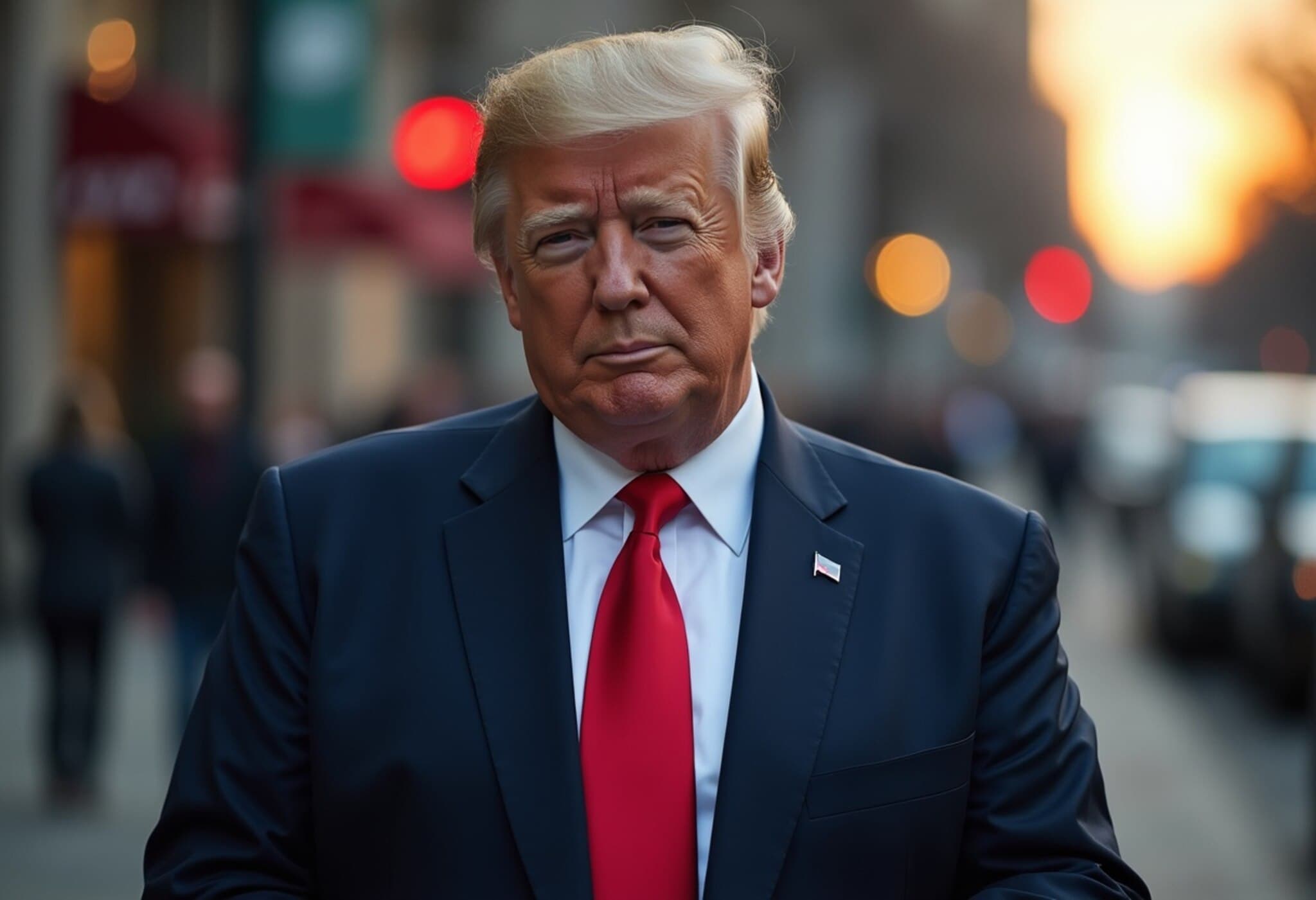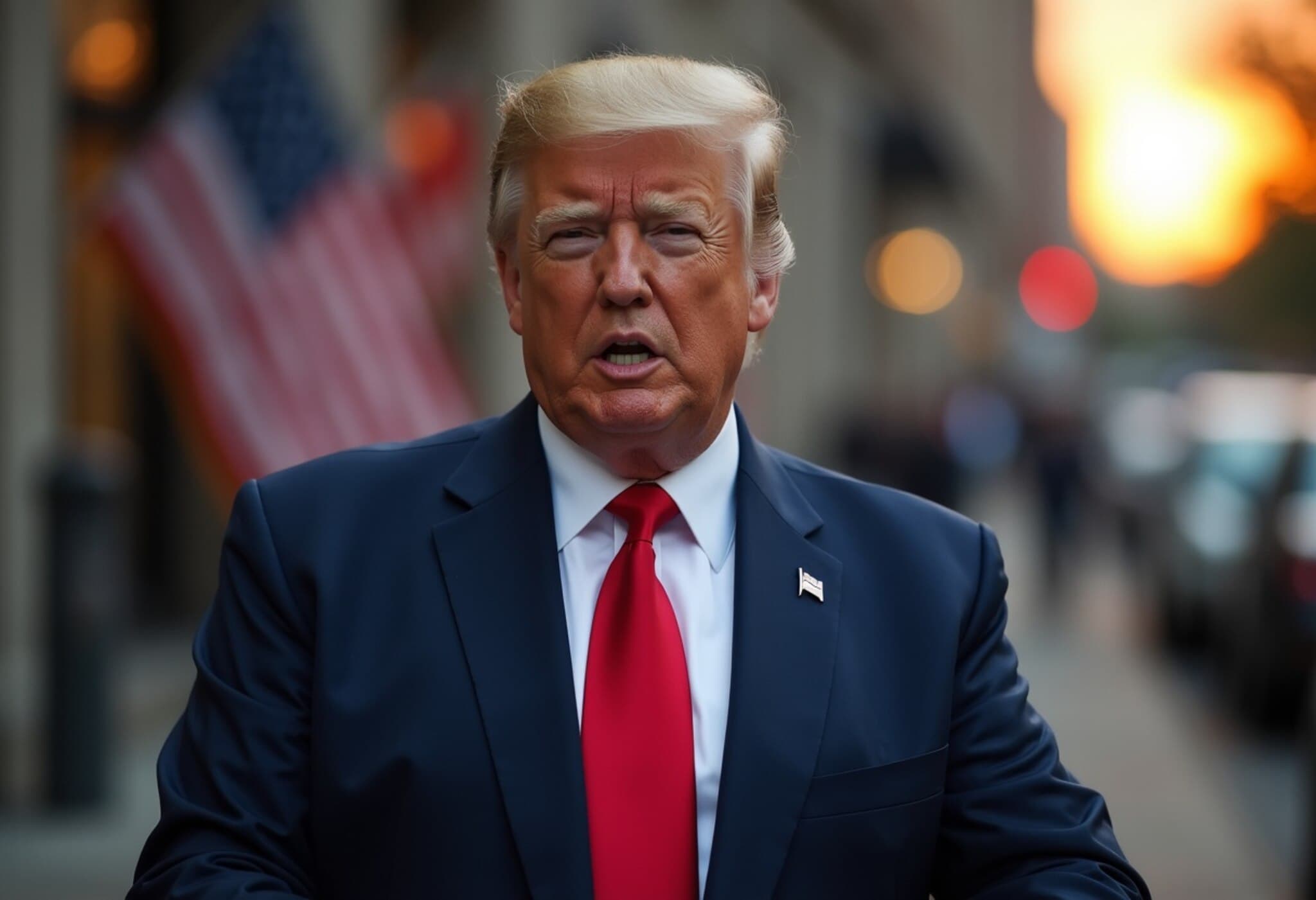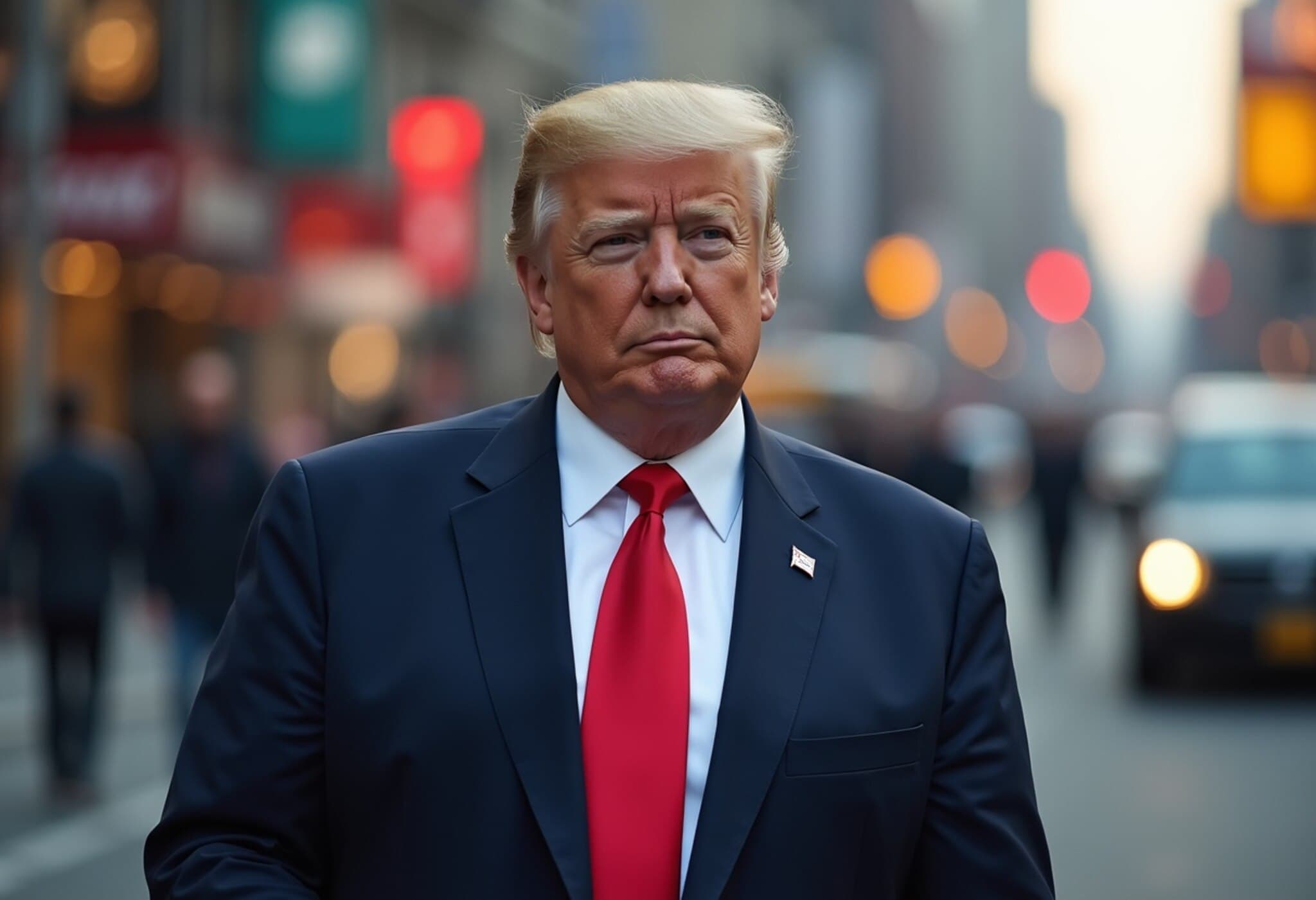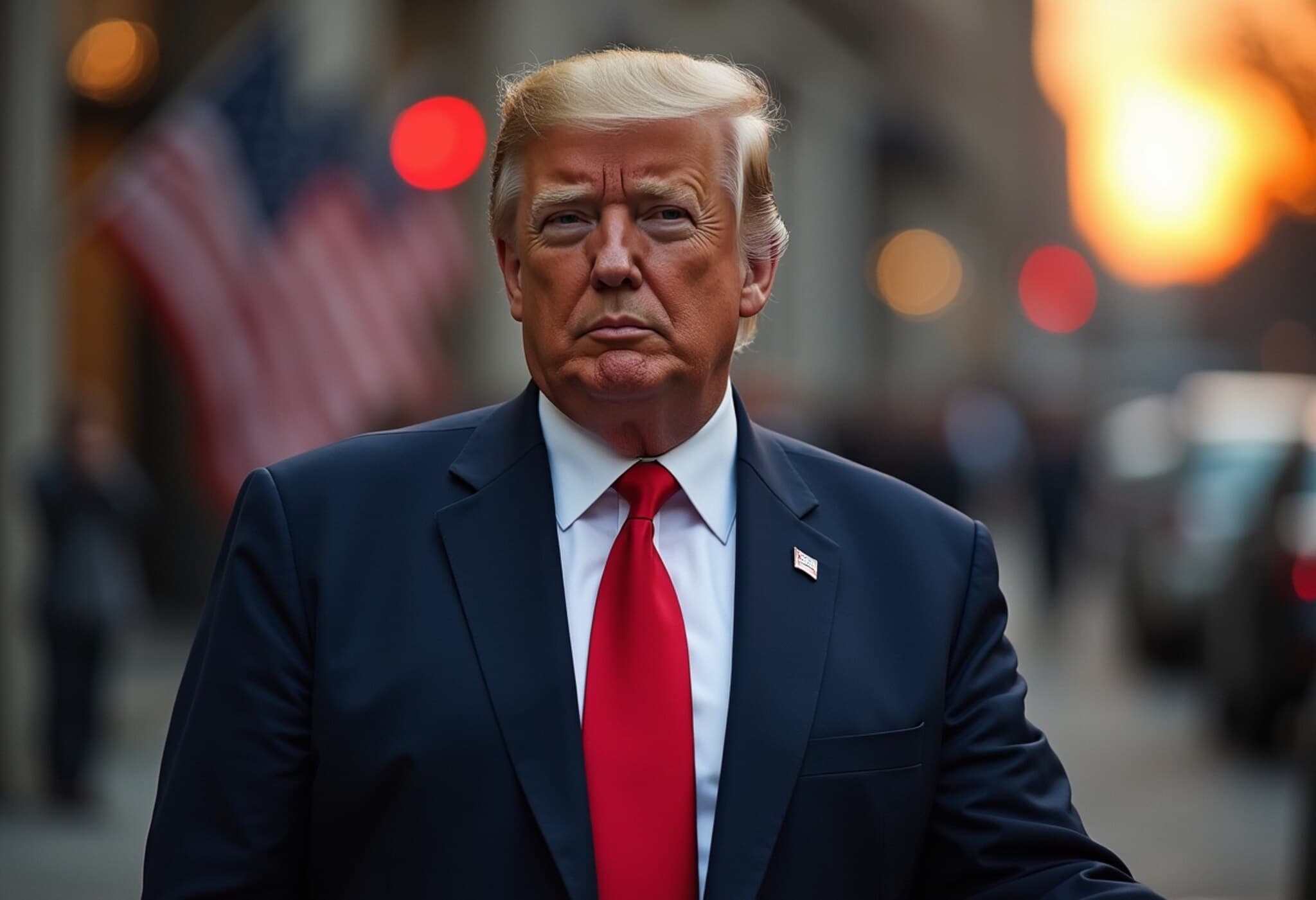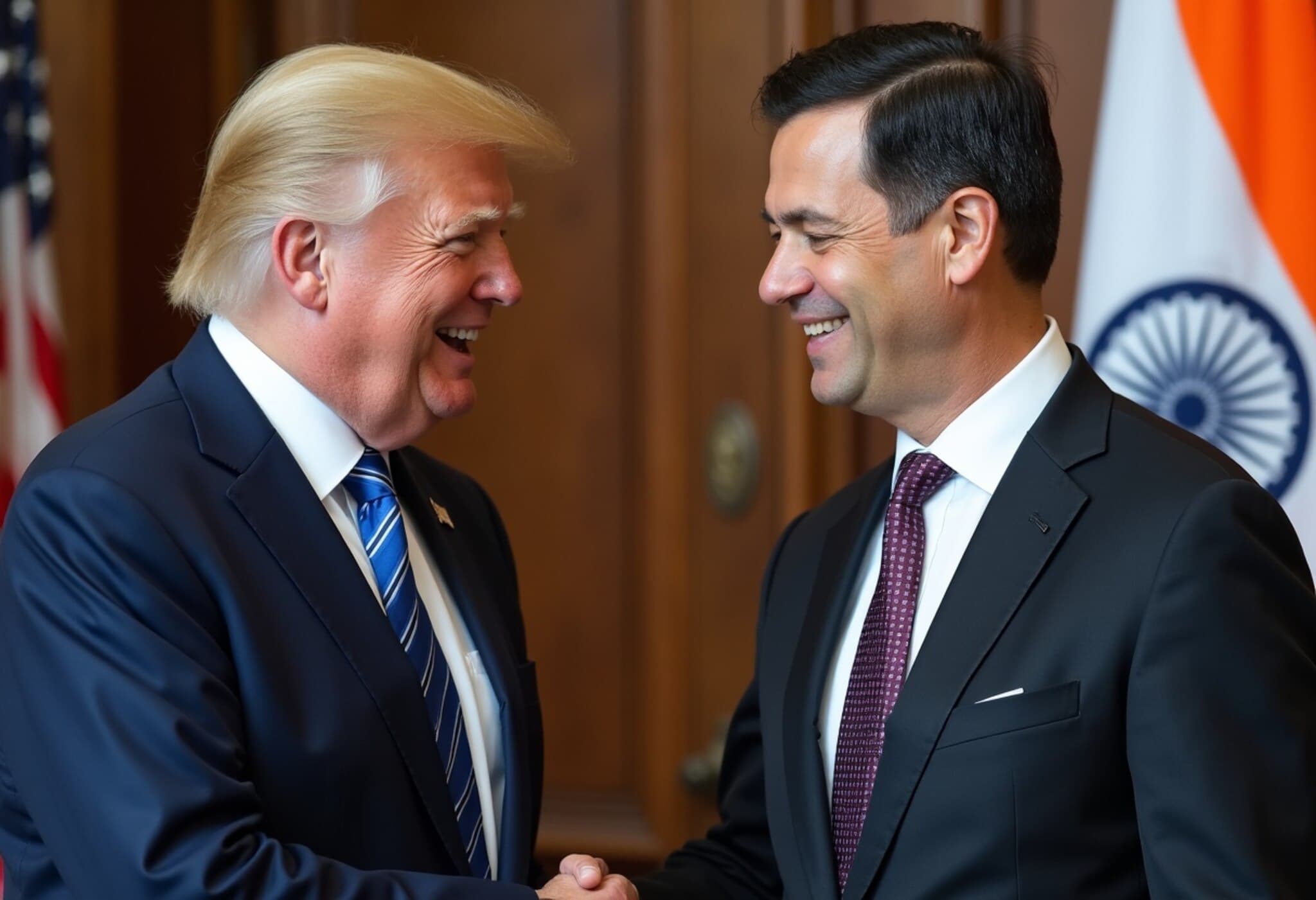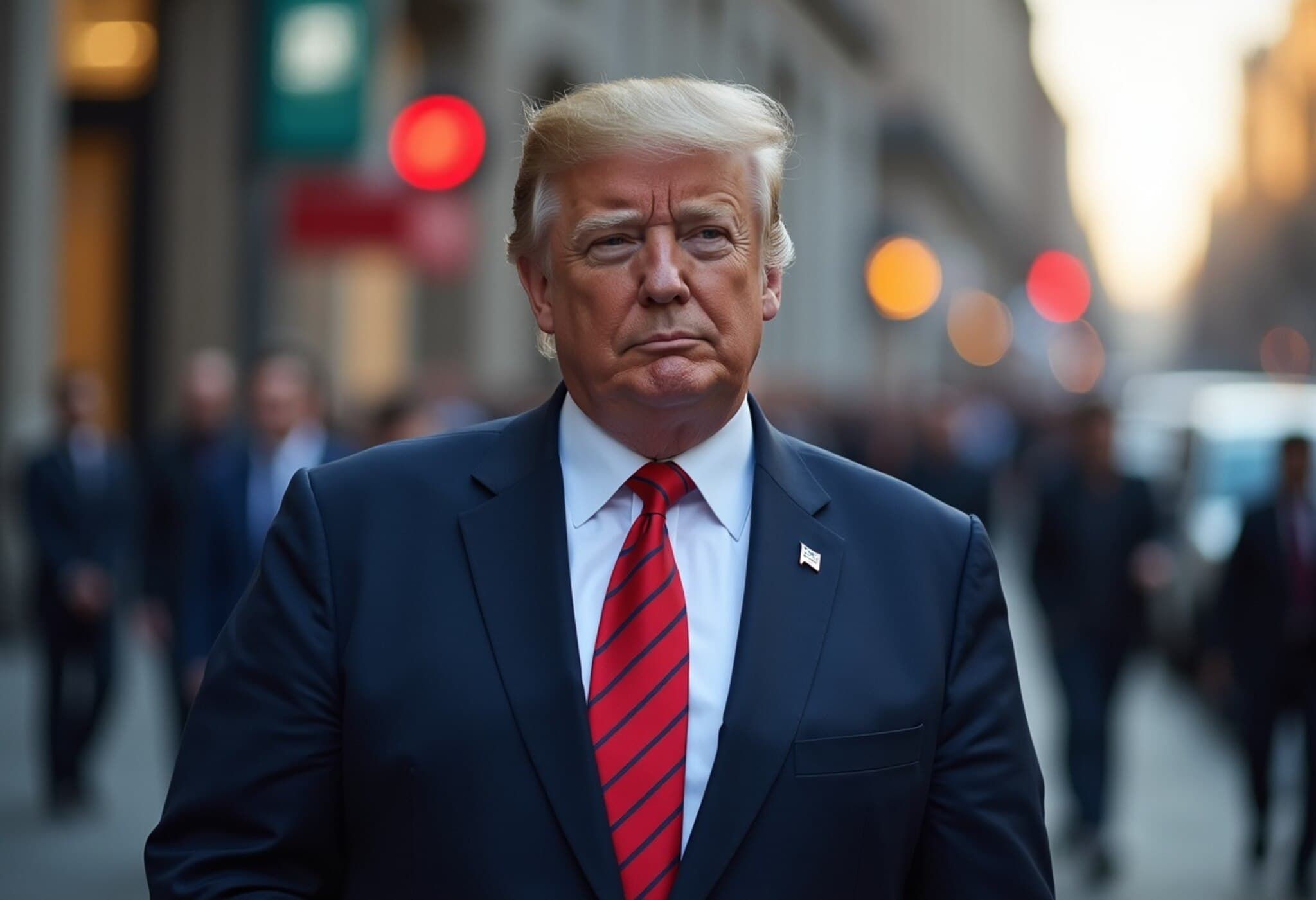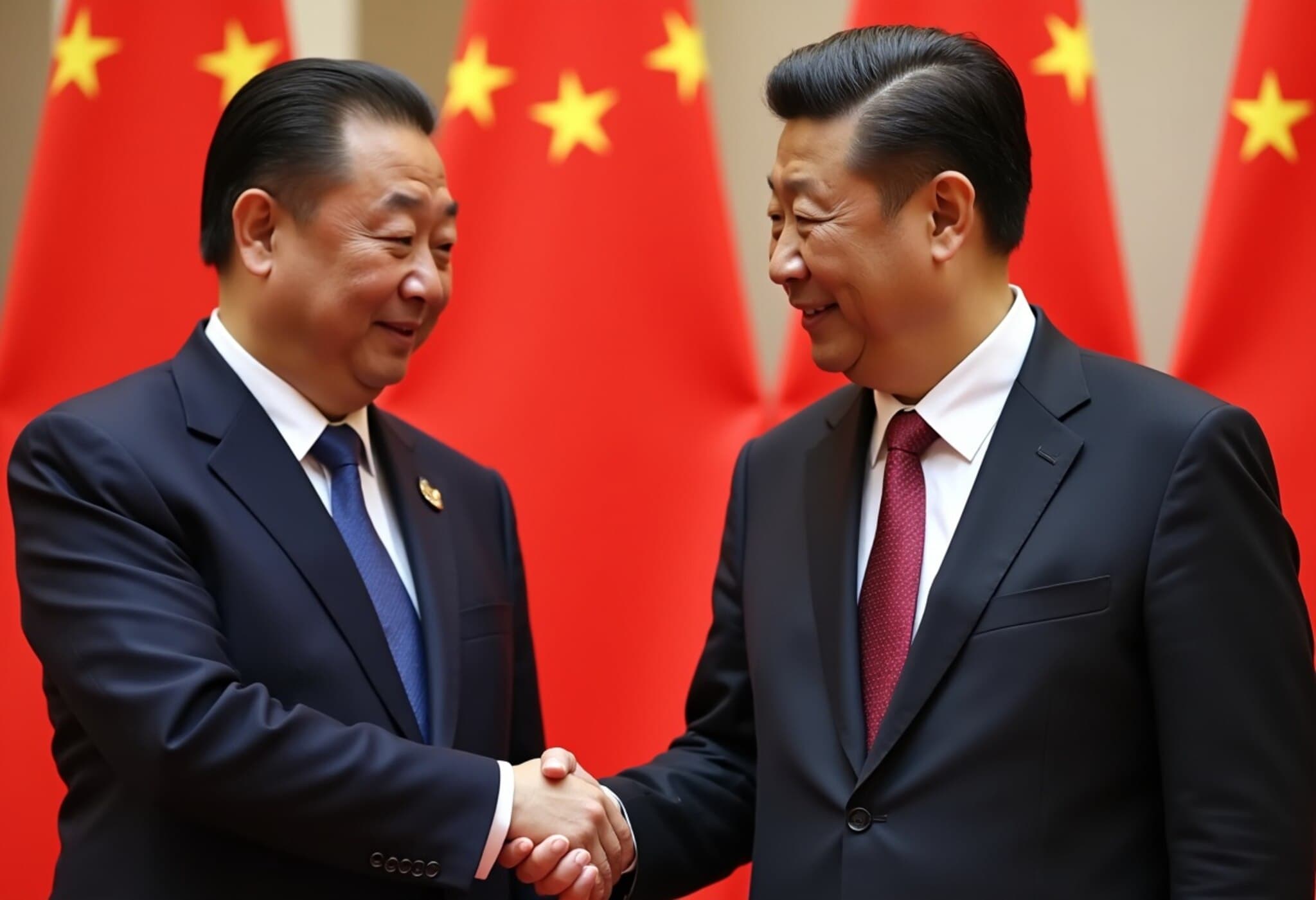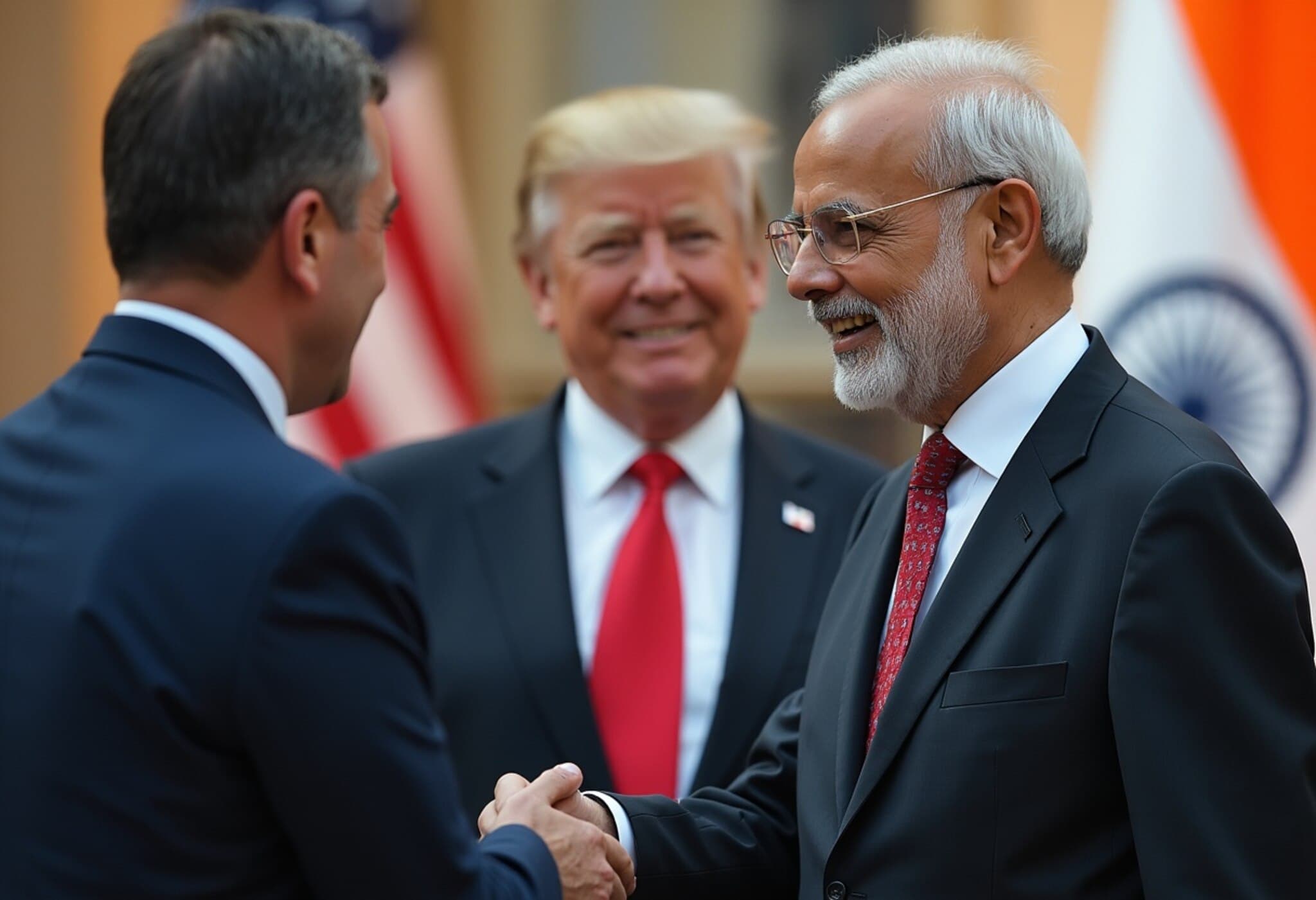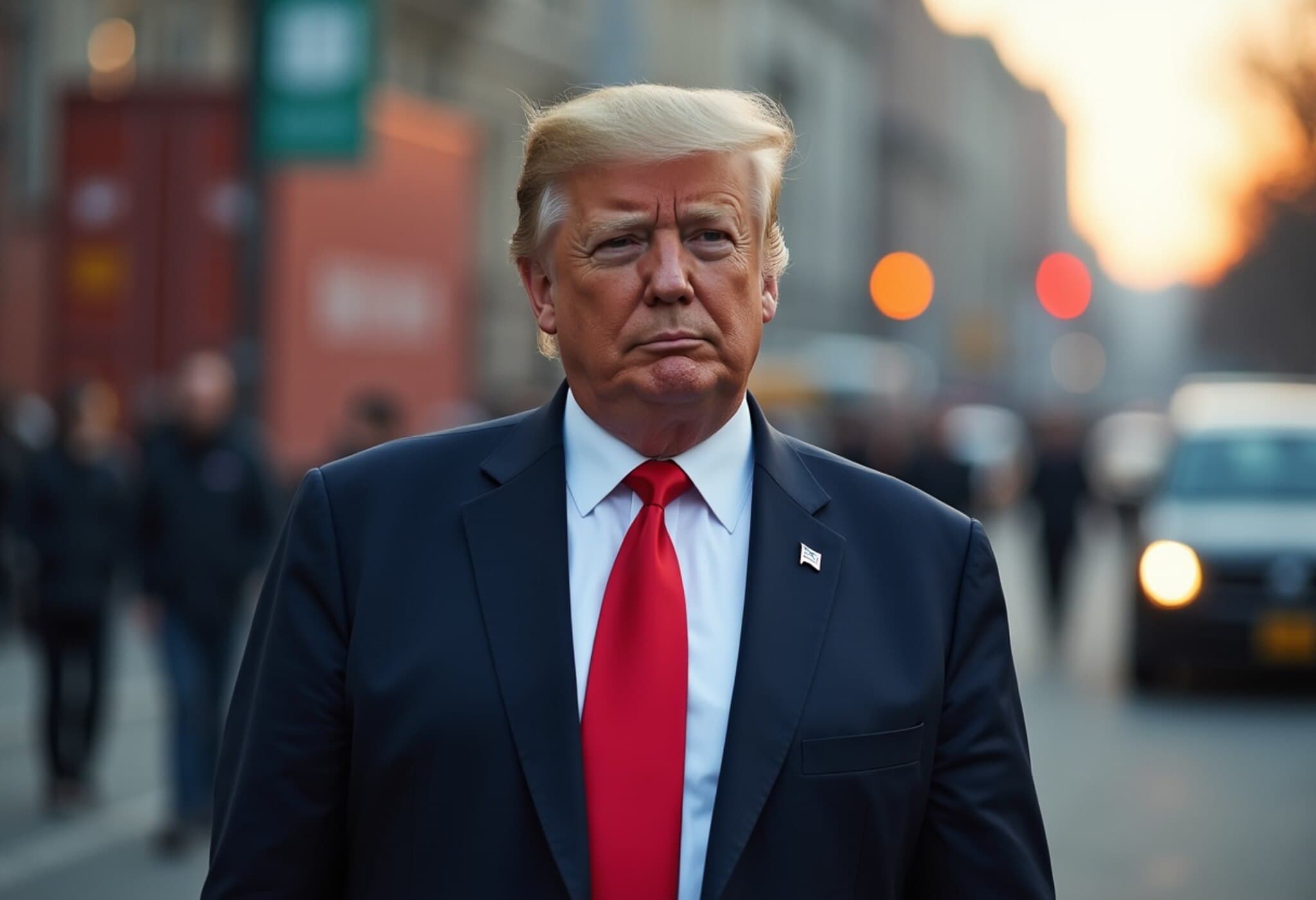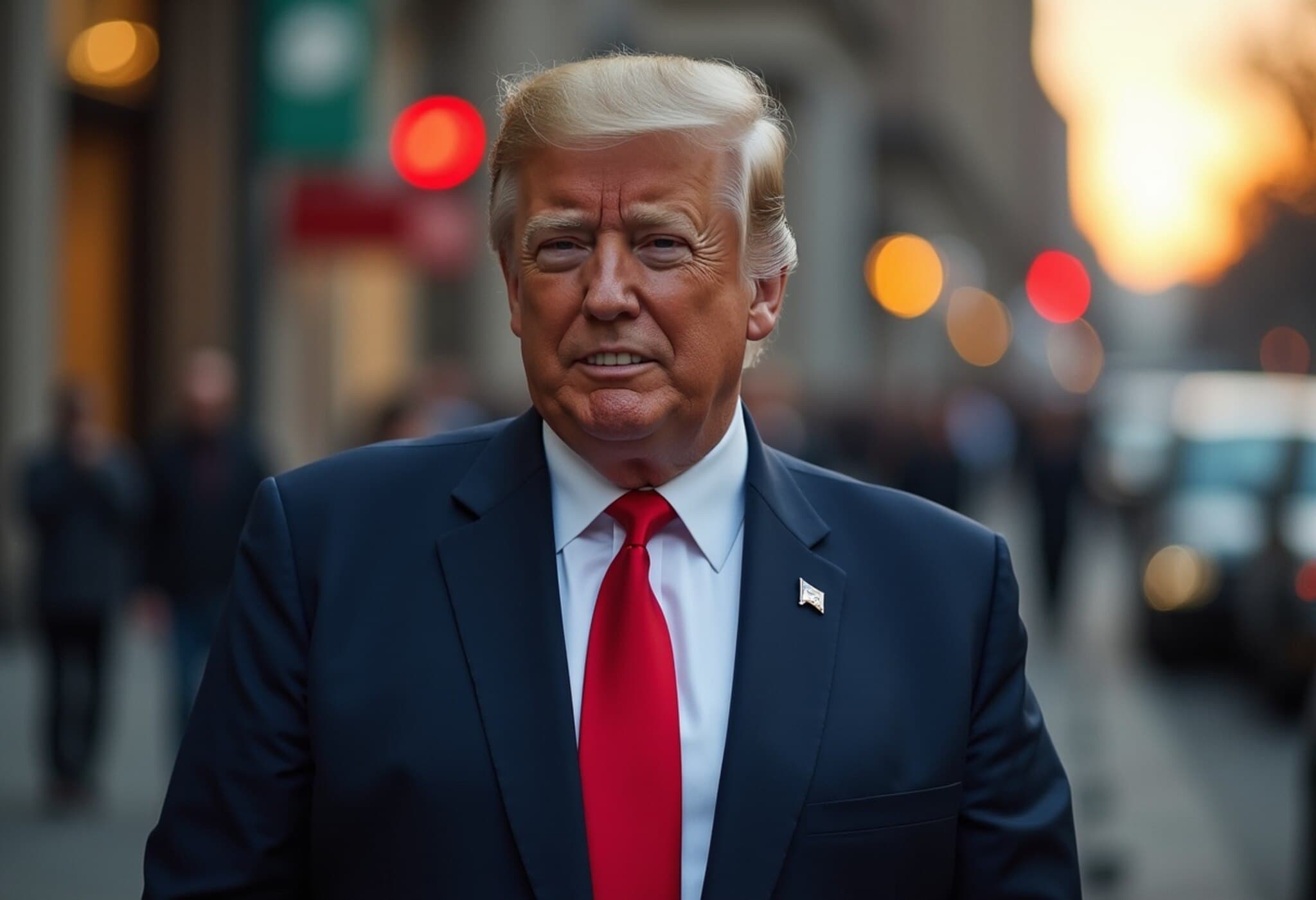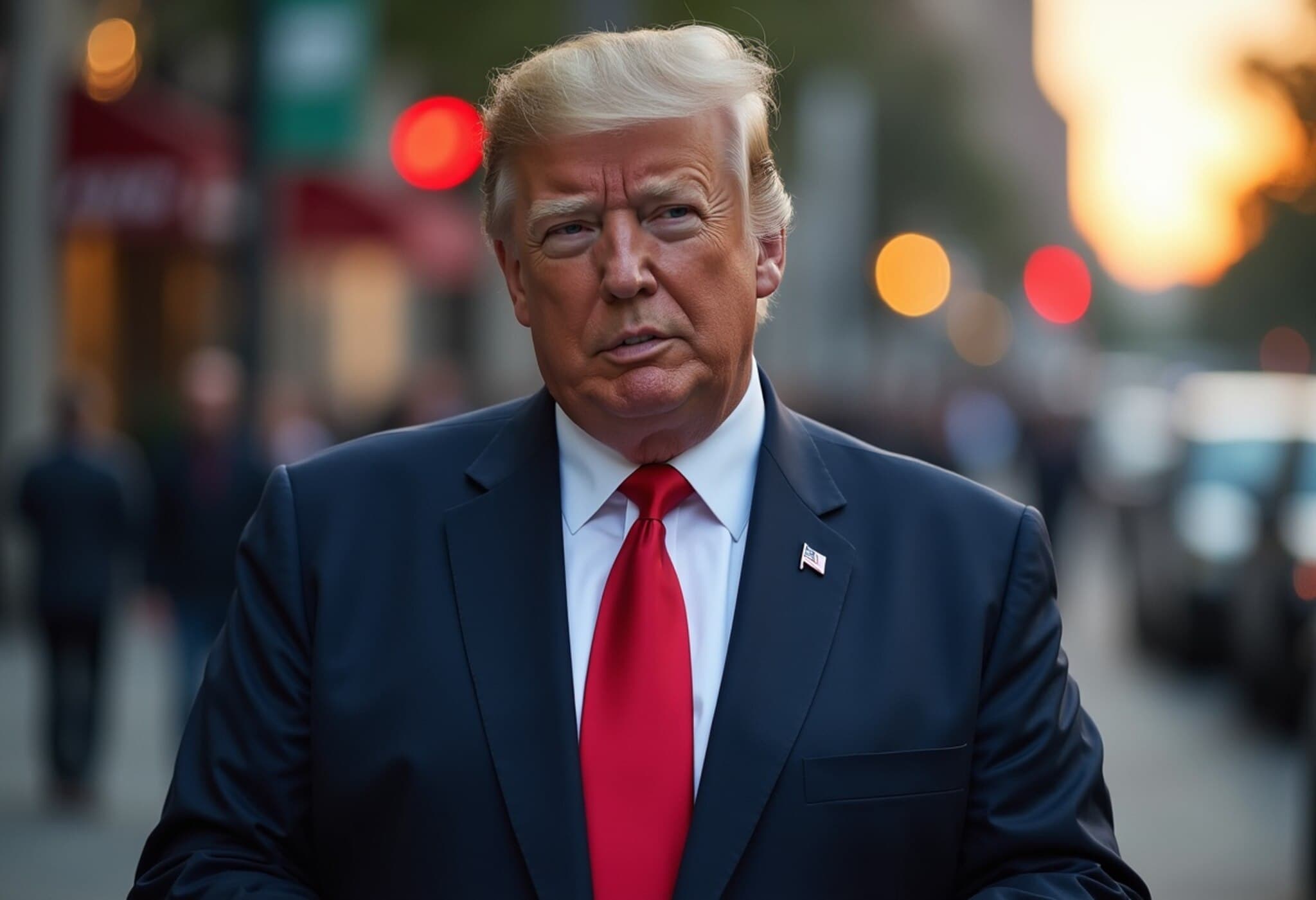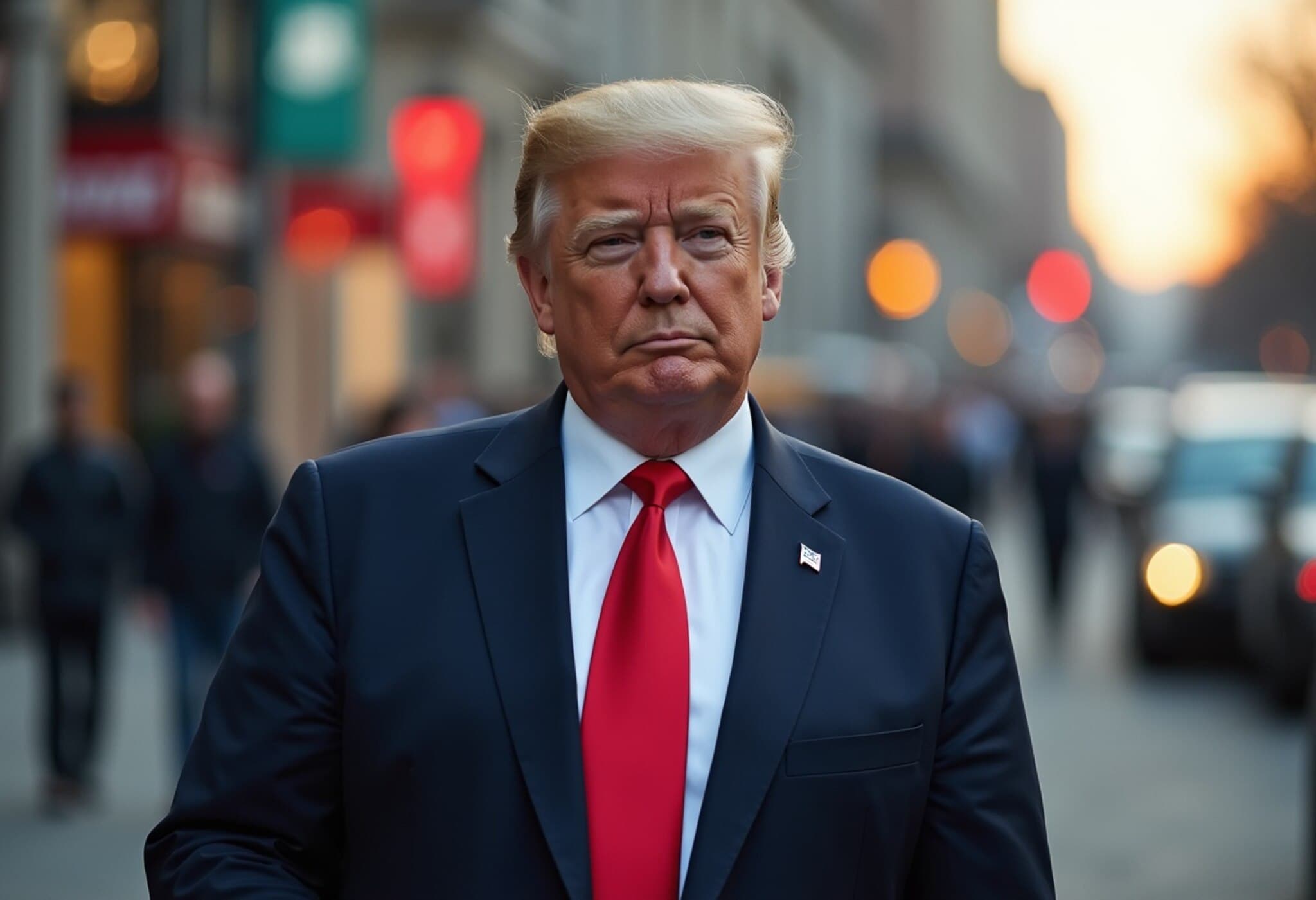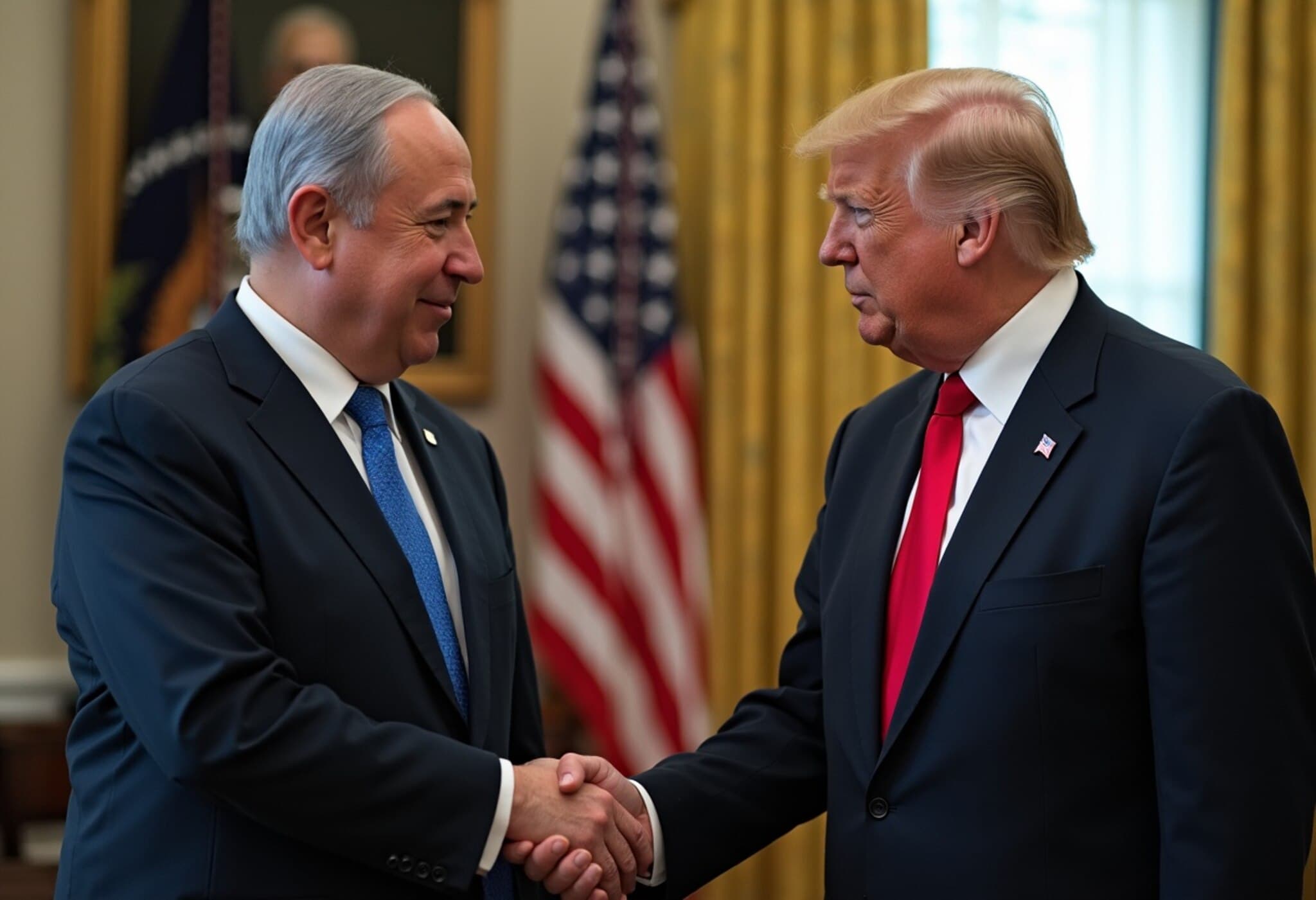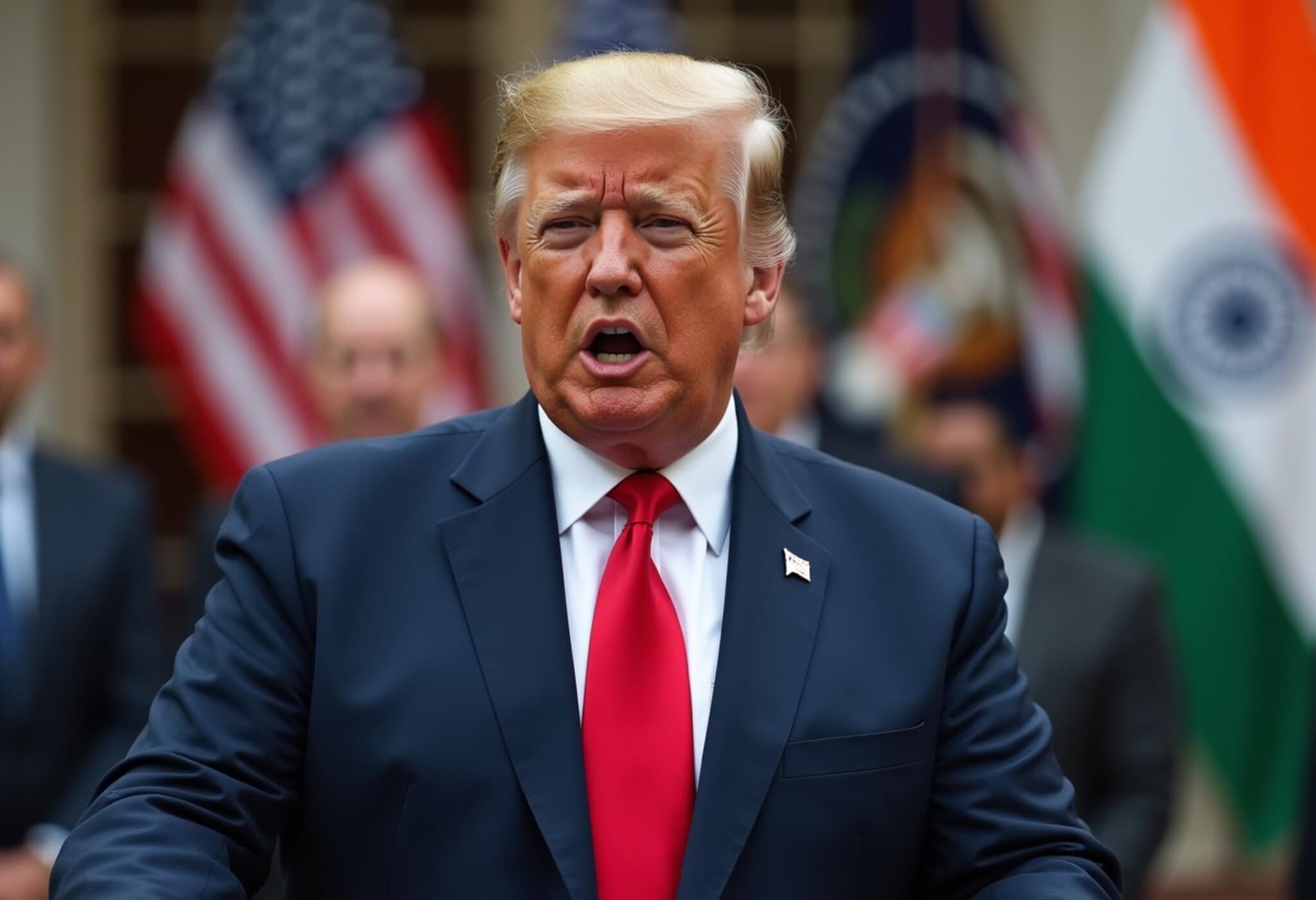Trump Pushes Back Tariff Deadline to August 1 Amid Sluggish Trade Negotiations
In a strategic shift that underscores the complexities of international trade diplomacy, President Donald Trump has postponed his initially aggressive deadline for imposing new tariffs on trading partners from July 9 to August 1, 2025. This extension comes as trade talks with several countries face slow progress and mounting concerns arise over potential economic disruption and diplomatic friction.
Two Trade Deals Signed, Two More in Negotiation
Despite President Trump's earlier commitment to securing “90 deals in 90 days,” only two preliminary trade agreements have been inked so far—one with the United Kingdom and another with Vietnam. Both deals represent overarching frameworks rather than fully fleshed-out trade pacts; they will require further rounds of detailed negotiation before being finalized.
The deal with Vietnam entails a 20% minimum tariff rate, which stands as a compromise between the previous 10% tariff pause and the threatened 46% hikes. Meanwhile, a temporary truce with China has led both nations to agree on rolling back some tariffs, easing tensions temporarily.
Ongoing Negotiations with India and the European Union
Meanwhile, talks continue with India and the European Union but have stalled on several contentious points. Negotiations with India remain deadlocked primarily over the US demand for greater access to India’s sensitive agricultural and dairy markets. The European Union, besides contemplating acceptance of a 10% tariff on automobiles, demands exemptions for critical sectors—creating a complex negotiation landscape.
Warnings and Threats Heighten Global Economic Anxiety
The White House has sent cautionary letters to 13 countries, including key US allies such as Japan and South Korea, threatening tariffs ranging from 10% up to 70% starting August 1 if trade deals are not secured. Further complicating matters, Trump has hinted at an additional 10% tariff on nations perceived to be aligning with “anti-American” policies within the BRICS bloc, though details around this remain vague.
Market and Diplomatic Repercussions
This looming tariff storm has unsettled global markets and intensified diplomatic strains. Experts warn that abrupt tariff hikes could jeopardize global economic stability and even spark a recession. Yet, U.S. markets have shown resilience during this tense pause, underscoring the delicate balance between economic strategy and market confidence.
Expert Analysis: Was the Deadline Extension a Strategic Necessity?
While the White House positions the delay as a tactical maneuver to allow more comprehensive negotiations, the broader context suggests President Trump may have been compelled to extend the deadline to avert imminent economic turmoil and international backlash. This scenario reflects the inherent challenges in completely overhauling trade relationships amid complex geopolitical considerations.
From a policy perspective, this situation exemplifies how trade protectionism can collide with global interdependence, where aggressive tariff policies must be balanced against diplomatic alliances and supply chain realities. The uncertainty also raises critical questions: Can the administration translate broad promises into actionable agreements without destabilizing long-standing partnerships? And what will be the long-term impact on American consumers and businesses facing fluctuating tariffs?
Looking Ahead: What This Means for International Trade
- Expect continued friction in nuanced sectors like agriculture, automotive, and technology as negotiations evolve.
- The role of BRICS and emerging-market alliances could further complicate trade dynamics against the backdrop of US tariff policies.
- Diplomatic engagement will likely intensify to avoid escalation while preserving economic interests.
- U.S. businesses and consumers should prepare for volatility in prices and supply chains depending on final trade outcomes.
Editor’s Note
President Trump's tariff extension highlights the intricate balancing act in international trade policymaking. While the administration strives to project strength through assertive deadlines, the unfolding reality reveals the pressing need for nuanced diplomacy and economic pragmatism. As global markets and alliances watch closely, the coming weeks are critical to defining both America’s trade future and its role on the international stage. Readers should ask: How will these ongoing negotiations influence everyday commerce, and what strategies can best safeguard economic stability amid such geopolitical shifts?

